stratigic planning
The goal is to implement an approach that achieves true operational excellence in facility management (FM) and create high-performance organizations, that provide world-class services to best enable the mission of their parent organization.
Our approach is used by facilities managers within corporate organizations, manufacturing and warehouse facilities, government agencies, colleges and universities, public school systems, healthcare organizations, retail facilities, airports, food processing plants, and research institutions.
ENTERPRISE ASSET MANAGEMENT cmms Facilities technology
A smart building uses technology to automatically control a facility’s operations, including heating, air conditioning, lighting, and security. Smart building technology is also used to monitor environmental factors such as temperature and humidity as well as asset performance.
Technologies are always collecting data about the workplace and the workforce. And when these technologies are connected to an Enterprise Asset management system (EAM), all of that data is consolidated into a single platform that facilities managers can easily access and use to identify opportunities to improve how the facility is run.
FACILITY CONDITION ASSESMENT
The main objective of the facilities condition assessment is to measure the condition and functionality of the building and its infrastructure as suitable and appropriate for intended functions. Specific objectives of the comprehensive assessment methodology include determining needs for renewal or replacement of building and infrastructure systems (e.g., Heating/cooling, electrical, exterior envelope, etc.) and system components (e.g., cooling tower, heat exchanger, chiller, pumps, etc.), and guiding the analysis of good decision capital project options, including renovation or modernization.
FACILITY CONDITION ASSESSMENT
Purposes
Specific purposes of a well-designed assessment are as follows:
- Verify accuracy and reliability of a space inventory
- Provide an inspection of all facilities identifying physical and functional deficiencies
- Assist in defining regular and preventive maintenance requirements
- Develop metrics for performance measures, e.g, Facilities Condition Index (FCI) and Facilities Quality Index (FQI).
- Define capital renewal and replacement projects to reduce deferred maintenance backlog
- Eliminate conditions that are either potentially damaging to property or present safety hazards
- Identify energy conservation and sustainability measures
- Inventory accessibility and disabled persons requirement
- Develop cost estimates and schedules to correct deficiencies and for capital renewal or replacement, and renovation or modernization projects
Scope
The traditional method of assessing existing buildings and infrastructure (commonly known as the Facilities Audit) is limited to physical deficiencies in building and infrastructure systems and subsystems, as well as necessary measures for compliance with applicable codes and conformance with the Americans with Disabilities Act (ADA). The methodology used in this chapter integrates the Physical Condition Assessment with a Functionality Assessment. The latter assessment comes from a user perspective, rather than from a building perspective, and is aimed at understanding how well the space functions, its suitability for its current (or other) purpose, and its potential for alternate uses.
The two approaches are undertaken to constitute a comprehensive evaluation of facilities conditions and then are combined as follows:
- Physical Condition Assessment (or Life-Cycle Modeling, or both): Physical condition of the building and infrastructure system
- Functionality Assessment: Functionality of the space for its intended programmatic purpose
The integration of these elements provides for a comprehensive evaluation of existing facilities. As inputs to a Capital Facilities Project Plan, these elements provide a broader set of decision options, including the following:
- Facilities renewal for individual condition deficiency remedial projects
- More comprehensive renovation projects, including work to correct subsystem condition deficiencies combined with improving functionality
- A replacement project and downgrade of an existing building to a less demanding use (e.g., replacement of a new science lab building and conversion of an old science building for office or classroom use)
- Demolition or disposal

EMERGENCY PREPAREDNESS & BUSINESS CONTINUITY

Why Facility Management Consultants P.C.
The cost of data
Preferably, data should be integrated into service delivery, and, where additional data is required there should be an economic evaluation to determine the cost of data collection.
In the end, don’t over complicate things. If the data is not being used, don’t collect it.
return on investment

Been there... Done that
Like PEMCO, “We know a thing or two because we‘ve seen a thing or two”…
Our Experts
Senior Consultant Facilities Assets
President
Facilities Asset Expert
Consultant / Technology
What Our Clients are Saying
The thorough evaluation, selection, and implementation process allowed us to capture information and resolve facility life cycle challenges with practical and cost-effective technical and management expertise.
Need Consulting? Contact Us Now!
We are located in Kirkland, Washington USA (A suburb of Seattle, WA)
